#ocean life
Text
I see a lot of talk about common species like sharks and whatnot when it comes to marine life which is cool and good but you know what I don’t see people talking about? the batfish

this is a polka dot batfish. look at his cute legs and sweet little face. absolutely incredible. such a revolutionary creature. I fucking love batfish and you should too
#batfish#marine life#marine animals#marine biology#ocean life#sea animals#sea creatures#sea life#fish#fishblr#sea critters#fishes#animals#sea#ocean#aquatic life#aquatic#biology
1K notes
·
View notes
Text

130 notes
·
View notes
Text
🐙 Daily Cephalopod Fact: 🐙
Mimic Octopus: Mimic octopuses have been observed mimicking numerous different species of animals, some animals being mimicked more often than others. Among the animals mimicked are lionfish, sea snakes, jellyfish, and zebra sole. The octopus' mimicry of flatfish may be its preferred guise. Not only does the mimic octopus use its ability to defend itself from predators, but it also uses aggressive mimicry, to approach wary prey, for example mimicking a crab as an apparent mate, only to devour its deceived suitor


#mimic octopus#octopus in disguise#undercover octopus#cep#cephalopod#cephalopod facts#daily cephalopod#facts about cephalopods#daily cephalopod fact#shark blog#respect the locals#ocean life#ocean#mar#marine#marine life#mari#marine biology
40 notes
·
View notes
Text
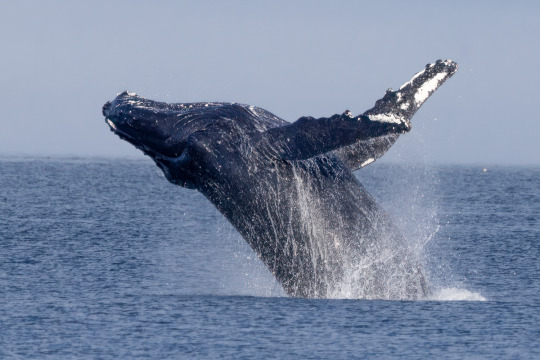
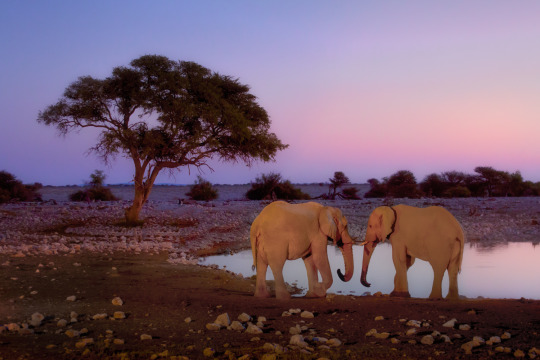
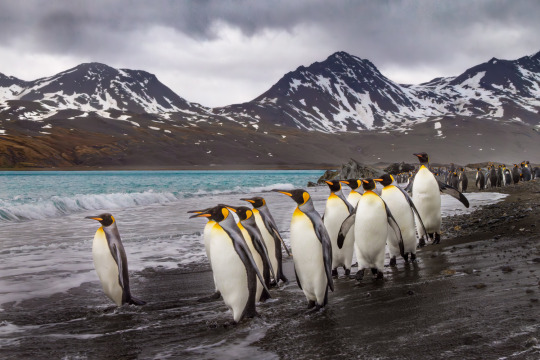

It's #EarthDay2024 And to remind ourselves of what's worth celebrating and saving.
📸 by Richard Bernabe @bernabephoto
#Photography
#Richard Bernabe#@bernabephoto#Earth Day 2024#Photography#Ocean Life#Wildlife#Whale#Elegant#Penguins#Animals#Nature
43 notes
·
View notes
Text
@RUBIANABRUNELL
21 notes
·
View notes
Text

I wanna go to the aquarium 🐠🪼🐚🐙
#illustration#my art#soupandcats#digital art#procreate#digital illustration#drawing#fish art#ocean#marine life#ocean life#ocean art#underwater#fishes#fish#jellyfish
14K notes
·
View notes
Text
The wonderful Glass Octopus. Living at depths of around 3000 ft and only being about a foot long, these strange little creatures are rarely seen by scientists.
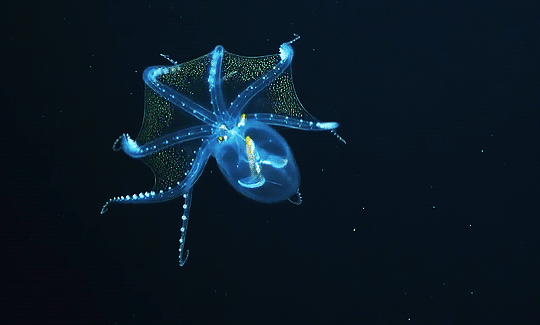
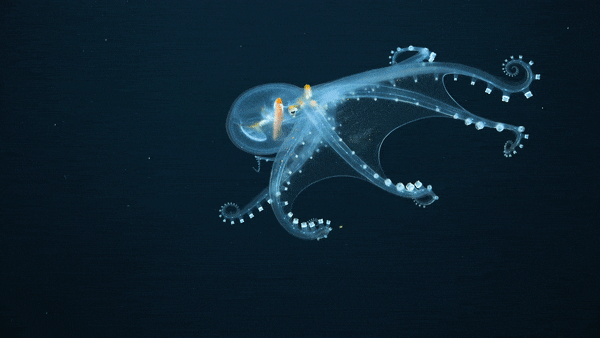
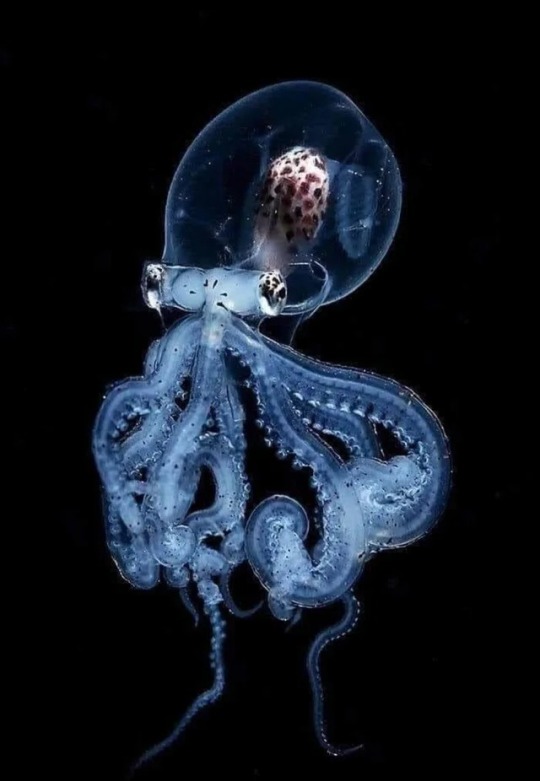
39K notes
·
View notes
Text
Wow 🦩
#sea art#sea animals#sea creatures#sea#ocean and sky#ocean animals#ocean life#ocean view#ocean#waterlife#nature#nature photography#photography#plants#landscape#sunset#flower#flowers#insects#nature photo art#bird photography#birds#birdwatching#birds of prey#bird art#nature video#videography#video#beautiful photos
5K notes
·
View notes
Text
I love you ocean, I love you beach, I love you seashell, I love you fish, I love you moon, I love you sun, I love you stars, I love you mermaids, I love you ships, I love you sailors, I love you surfers, I love you weird deep sea creatures, I love you pearls, I love you fossils, I love you treasure chests, I love you houseboats, I love you anchors, I love you waves, I love you sea foam, I love you sea glass, I love you-
#sirencore#mermaidcore#seacore#oceancore#beachcore#tropicalcore#piratecore#nautical#beach#sea#ocean#mermaids#mermaid#siren#sirens#merman#mermen#sea creatures#sea life#ocean life#sailor#surfer
5K notes
·
View notes
Text
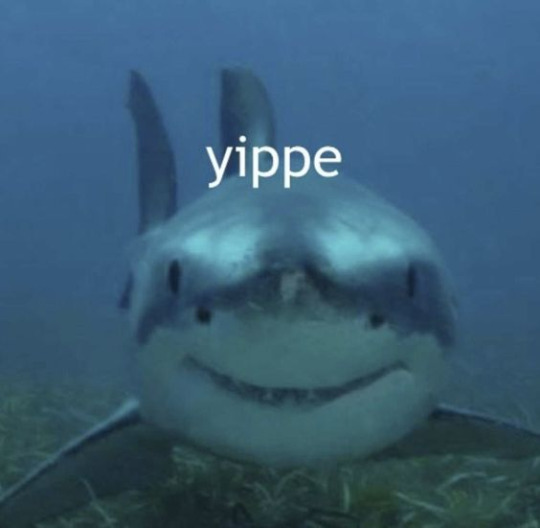
YIPPE
#the deep sharks#thedeepsharks#shark#sharks#sealife#sea creatures#sea#oceancore#oceanlife#ocean creatures#ocean life#ocean
14K notes
·
View notes
Photo

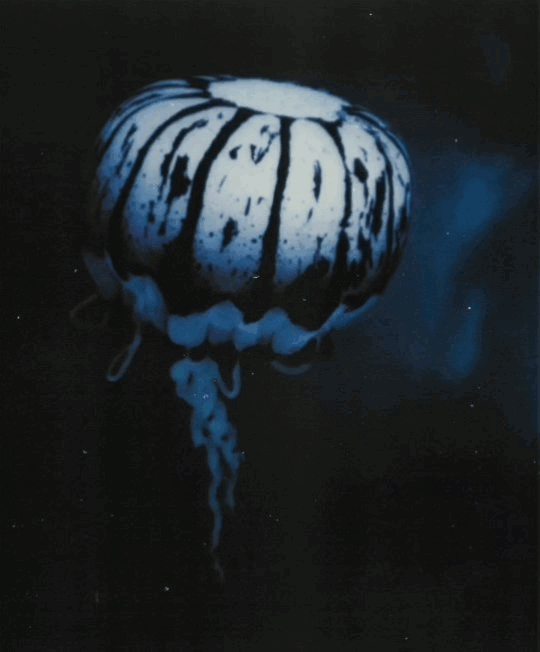
10K notes
·
View notes
Text

one shrimp two shrimp red shrimp blue shrimp
#shrimp#fish#fish art#shrimp art#sea animals#sea life#sea critters#marine animals#marine biology#art#ocean animals#ocean life#fishblr#fishes#shrimpkeeping#shrimps#traditional art#ocean#sea creatures#sea#aquatic life#aquatic#bohiggie art
74 notes
·
View notes
Text

57 notes
·
View notes
Text
🐙 Daily Cephalopod Fact: 🐙
Blue-Ringed Octopus: They are one of the world's most venomous marine animals. Despite their small size, 5 to 8 in. and relatively docile nature, they are very dangerous if provoked when handled because their venom contains a powerful neurotoxin called tetrodotoxin. The blue-ringed octopus carries enough venom to kill 26 adult humans within minutes. Their bites are tiny and often painless, with many victims not realizing they have been envenomated until respiratory depression and paralysis begins. No blue-ringed octopus antivenom is available.
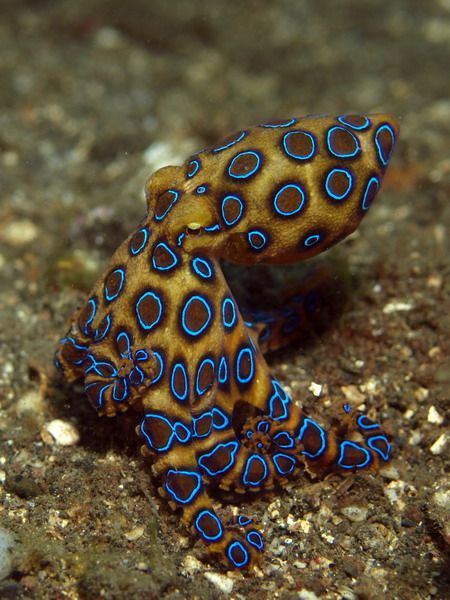

#blue ringed octopus#blue ringed#octopus#DO NOT TOUCH#venomous#the brighter the color the more dangerous#leave the cephalopod alone#ce#cephalopod#cephalopod facts#daily cephalopod#cep#facts about cephalopods#daily cephalopod fact#shark blog#respect the locals#mar#marine biology#marine life#marine animals#marine#ocean animal#ocean life#ocean
51 notes
·
View notes
Text
For years now, this wild grey whale has come to this boat captain to have its lice removed at the calving lagoon of Ojo de Liebre, Baja California, Mexico.
#whale#nature#ocean#video#whales#cute#wildlife#sea#Mexico#travel#vacation#photography#animals#wild animals#ocean life#marine biology#aesthetic#marine life#beauty-funny-trippy#Baja California#lice#boat#marine
7K notes
·
View notes
Text
Whenever I see a picture or a video of moon sea jellies I have to stop whatever I am doing and count the gonads (circle things on their bell) they all have because I know that most sea jellies are suppose to have 4 but sometimes will have fewer or more due to mutation and I like spotting the ones that have an abnormal amout of testies
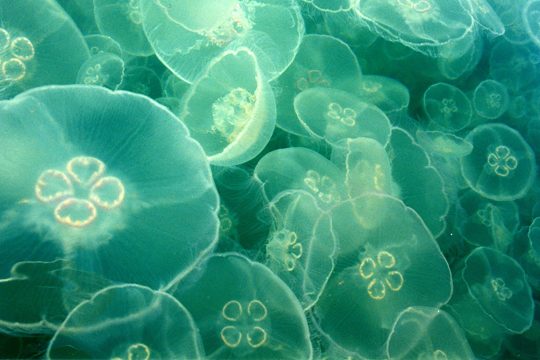
6K notes
·
View notes